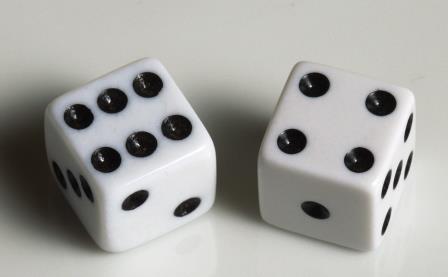
Paired Comparison Analysis
Rank your alternatives by comparing them in paired sets.

Paired Comparison Analysis helps you determine the relative importance of each possible solution by pairing it against all the other options.
It is particularly useful where:
- You have limited data.
- You have many possible solutions.
- You have ambiguous priorities.
- You have competing priorities.
This technique makes it easy to select a solution using a simple quantitative methodology. Your analysis may also bring out some useful qualitative information that can be helpful in your decision-making.
In some situations, Paired Comparison Analysis can also help you to set your Priorities.
To create a Paired Comparison Analysis table:
Step 1: List your Alternatives.
Step 2: Create a table with each of your possible solutions listed as both row and column headings (see our example below).
Step 3: Block out the cells on the table where you would be comparing an option with itself. (There would never be a difference in these cells.) These should be the cells on the diagonal that runs from the top left to the bottom right.
Step 4: Also block out the cells on the table where you would be duplicating a comparison. These would be the cells below the diagonal.
Step 5: Pair one of your options in a row to one of your options in a column.
Step 6: Compare the two paired options to each other.
Step 7: Decide which one of your two options is the most important.
Step 8: Write down the letter of the winning option in the cell.
Step 9: Then assign a score to the winning option to show how much more important it is than the losing option. Write down your score next to the respective letter in the cell. You can use any scoring system you like. In our example, we used a scoring system where the range of importance goes from 0 (No Difference) to 5 (Major Difference).
Step 9: Next (on a separate document) write down your explanation for each one of your scores. You can qualify your score by listing your reasons for deciding that one of your options is more important than the other. This exercise of comparing and contrasting the importance of your options to each other is intended to add qualitative information to your overall analysis.
Step 10: The final step is to consolidate your results. Add up all the values for each one of your options and determine the total scores.
Diagram: Here's a diagram our Paired Comparison Analysis table.

PRINTABLE: Word version of Paired Comparison Analysis.docx (Click link to download Word version).
PRINTABLE: Excel version of Paired Comparison Analysis.xlsx (Click link to download Excel version).
PRINTABLE: PDF version of Paired Comparison Analysis.pdf (Click link to download PDF version).
Source:

MindTools.com website.
